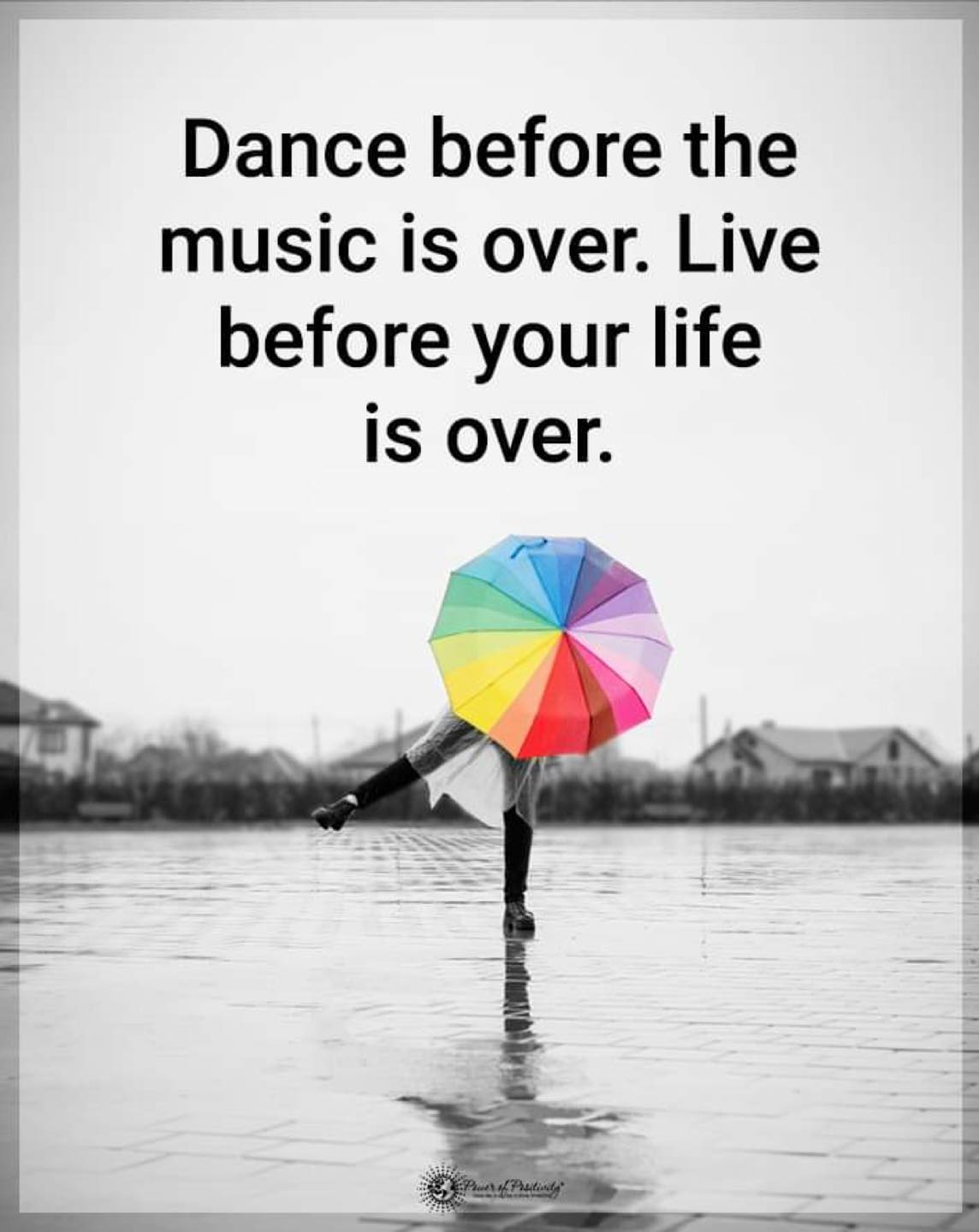Happiness is a great goal to have. There isn’t anybody that would turn down more happiness in their lives if it were offered. The thing that many people fail to see is happiness is close – closer than they realize.
To become happier, we go out in search of habits or formulas “guaranteed” to make us happier. And when they don’t work we spend time wondering why. We were work towards becoming happier, but we often forget to evaluate some of our existing behaviors.
Sometimes happiness happens when we make small subtle shifts in the activities that fill our day.
These 8 negative habits can block us from happiness.
Being Envious of What Others Have
Being happy happens when we appreciate what we have. Envy about what other people have is a sign we aren’t happy with what we have and are not living from a place of gratitude.
When we set our sights on having a life that someone else is living, our goal isn’t really to improve our life, it’s to negate the other person’s achievements. To be happy we should be living in support of others and their accomplishments, not trying to diminish them.
Getting Caught Up in Other People’s Drama
Many times we find ourselves getting involved in a situation under the pretense of wanting to help. We want to fix things when often times it’s not our place to do the fixing.
It’s almost as if we are addicted to the chaos, the victimizing, the “woe is me” syndrome and when life is going good, we go out looking for drama. We are looking for a “cause.” Learn to be comfortable in the quiet, uneventful times of our lives and leave other people’s drama to them.
Constantly Finding an Excuse
When your happiness is tied to an external circumstance it becomes an excuse. A job, lack of money or a bad relationship is never the cause of unhappiness. It is simply the excuse we give ourselves.
Happiness doesn’t come from something we do or achieve. It happens when we are truly grateful for our life, knowing where we are today is just one step on the path to where we’re headed.
Forgetting to Make Time for Exercise
There is a variety of reasons why exercise should be part of our daily routine. There is also a variety of reasons why it isn’t; there isn’t enough time, we’re too tired or we don’t have the willpower to make it happen.
Besides the benefits of exercise on our overall health, exercise releases endorphins in our body and endorphins make us feel good. A happier outlook on life is just an exercise session away, literally.
Complaining Without Action
There’s venting and then there’s complaining and the difference is in the action we take. There will always be challenges that frustrate us, but constant complaining serves no purpose except to keep us in a negative space.
Turn complaints into a venting session by ending with the action necessary to move forward. It’s the action that moves us back to the center. Even if that action is to realize there is nothing we can do and agreeing to let it go.
Being Consumed by Worry and Stress
Most of what we worry about never comes to fruition and yet we continue to worry anyway. A calm mind can be unsettling to someone who thrives on action and activity.
Allowing ourselves to be consumed by worry and stress often gives us the sense that we are active and involved when the reality is we are just creating more friction that moves us further away from happiness.
When worry and stress are consuming, start by taking some sort of action. Just doing something can fulfill your need for activity in a positive way and will begin to allow you to let go of the worry.
Spending Too Much Time Alone
Meaningful relationships make us happier which requires us to spend time fostering the relationships that matter to us. Spending time alone is necessary for us to stay true to our authentic self, but spending too much time alone takes away from creating connections that will help us grow and evolve. It’s important to take the time we need to recharge and equally important to get out in the community and be social.
Searching For Your Passion
Thinking happiness will come when we find our passion is a mistake. Happy people haven’t found their passion, they bring passion to everything they do.
Passion comes from an appreciation of life and the world around us and it’s an attitude that we bring into our work, our homes, and our relationships.
It doesn’t necessarily reflect our love or dislike for a certain thing. It’s actually the reflection of love and appreciation for ourselves on this day and in this moment.
In the end, staying true to our story and our life is what will eventually lead us to a happier place.









